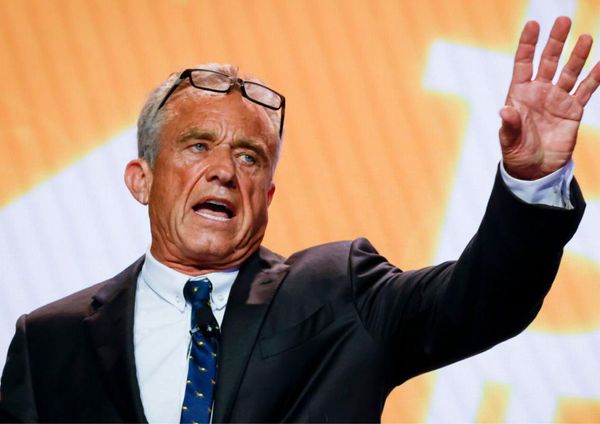Electric mobility isn’t just about swapping gasoline engines for electric motors anymore. It’s about building an entire ecosystem where energy, sustainability, and transportation work together. Around the world, automakers and energy firms are rewriting the rules of what it means to move people from A to B. And now, one of the biggest names in mobility is making an interesting move that could redefine how people move.
Honda has taken a minority stake (between 5 and 10 percent) in India’s OMC Power, a renewable energy company that’s been making big waves in distributed power generation. It might sound like a corporate investment headline at first glance, but it’s actually a peek into how the future of electric motorcycles and scooters could work in the real world.
So what is OMC Power, anyway? Founded in 2011 and based in Gurgaon, India, OMC builds and operates solar and battery-powered microgrids, rooftop systems, and storage networks for telecom towers, small businesses, and rural communities. The company plans to scale up to 1 gigawatt (1,000 megawatts) of renewable capacity, split between rooftop solar projects, telecom power systems, rural smart grids, and commercial energy installations. Its investors already include Japanese giants Mitsui & Co. and Chubu Electric Power, both of whom see India’s growing demand for clean power as an opportunity too big to ignore.

For Honda, this partnership isn’t just another box ticked on its sustainability report. It’s the brand’s first investment in a distributed energy platform in India, and it just might be compatible with one of Honda’s most forward-thinking projects: the Power Pack e: system.
In Japan, those compact, swappable batteries already power all sorts of small electric vehicles, from delivery scooters to compact utility carts and even portable generators. Now imagine taking that same idea and scaling it across a country where millions of motorcycles are the backbone of everyday life.
That’s where OMC comes in. The company’s rural and semi-urban microgrids could become natural hubs for energy storage and battery swapping. Instead of building massive charging stations tied to unstable power lines, Honda could integrate its Power Pack e: or a similar type of battery tech into OMC’s solar-powered networks. Riders in remote areas could swap depleted batteries for fully charged ones at small, solar-backed kiosks.
OMC is also moving into reusing old EV batteries for stationary applications like backup power systems and energy storage. That fits perfectly with Honda’s long-term vision for a circular energy model. When a battery pack can no longer power a scooter, it could still live on in an OMC smart grid or rural micro-utility setup. It’s a complete ecosystem where nothing goes to waste, or at least that’s the idea.

The ripple effects for the motorcycle industry could be significant. In India, where two-wheelers dominate the roads, pairing a reliable renewable grid with a swappable battery network could make electric motorcycles even more practical for the masses. It would remove range anxiety, lower running costs, and eliminate dependence on unstable grid power.
For the global market, this collaboration could serve as a model for how automakers can link mobility and energy into one unified system. Southeast Asia, Africa, and parts of Latin America face the same challenges India does: patchy infrastructure and growing fuel costs. If Honda and OMC can prove that renewable microgrids and portable batteries can coexist at scale, they’ll have a template that other countries can replicate.
Source: Honda








